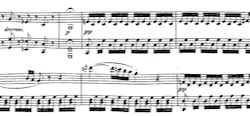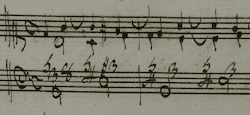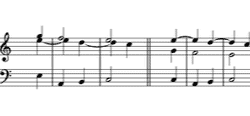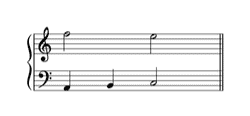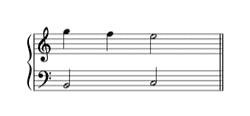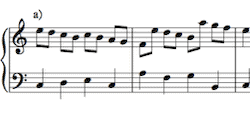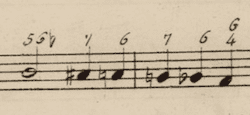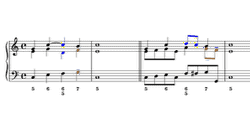The Stepwise Monte Romanesca
In this essay, I will discuss the characteristics of a voice-leading pattern that is a variant of the Leaping Monte Romanesca: the Stepwise Monte Romanesca. The term Stepwise Monte Romanesca refers to a rising sequential pattern in which each segment consists of a descending step in the bass with each subsequent segment one step higher […]
The Stepwise Monte Romanesca Read More »
